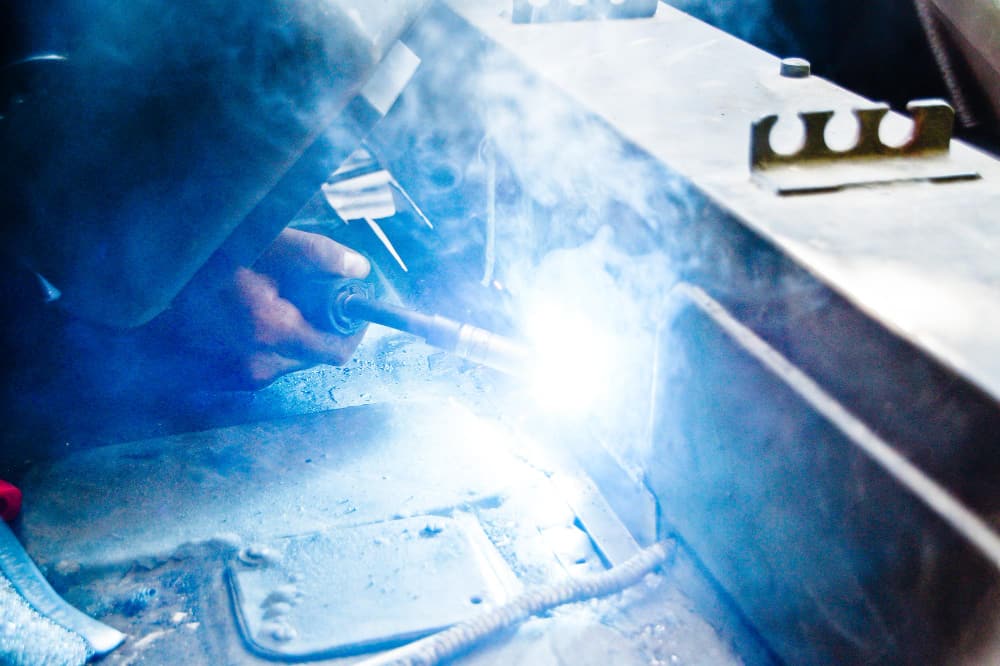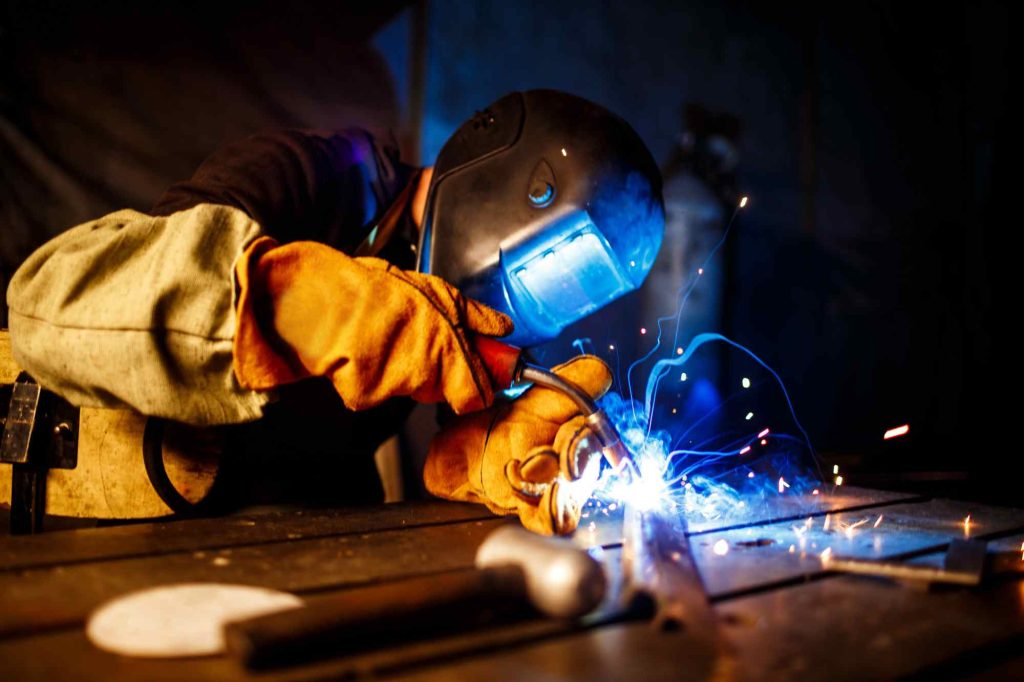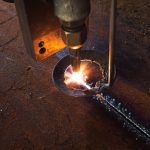The welding industry has significantly advanced in recent years, and one of the most significant changes has been the adoption of specialized software to optimize processes.
Compared to traditional welding methods such as MIG welding, TIG welding, and laser welding, the use of welding software offers important advantages in terms of precision, efficiency, and quality control.
What is Welding Software?
Welding software is a digital tool designed to control and optimize the parameters of welding processes. This technology manages key factors such as temperature, travel speed, arc intensity, and weld bead geometry. Through simulations and real-time analysis, the software helps improve weld quality and reduces the need for manual adjustments, resulting in greater precision and consistency.

Advantages of Welding Software
Improved Precision and Consistency
One of the main advantages of welding software is its ability to ensure consistent precision throughout the process. While in traditional methods the quality of the weld relies heavily on the operator’s skill, the software automatically adjusts machine parameters to achieve a uniform weld bead.
This is particularly useful in advanced techniques such as laser welding, where error margins are very small.
Cost and Time Reduction
The use of specialized software also helps reduce operational costs. By optimizing machine parameters, it minimizes material and energy waste, making the welding process more efficient. The software allows simulations to be conducted before executing the actual process, helping to identify potential errors without the need for costly physical tests.
Real-Time Analysis and Control
Welding software offers real-time monitoring, allowing anomalies to be detected and corrected during execution. This results in stricter process control, something that in traditional methods is only possible through constant manual supervision.
The ability to adjust parameters in real-time improves weld quality, reduces defects, and ensures process traceability.
Traditional Welding Methods
MIG Welding
MIG welding is a widely used process in the industry, employing a consumable electrode fed automatically while creating an electric arc. While this process is fast and versatile, its effectiveness largely depends on the operator’s skill in controlling machine parameters. This can lead to variations in weld quality.
TIG Welding
TIG welding, on the other hand, uses a non-consumable tungsten electrode to create the weld arc. This method is more precise and is particularly used in jobs requiring high quality, such as welding stainless steel. Like MIG welding, the process control still largely depends on the operator’s expertise.
Laser Welding
Laser welding is an advanced technique that allows for high-precision welds using a laser. Although it is cutting-edge technology, it requires expensive equipment, and its effectiveness also depends on the operator’s ability to properly configure the machine. Specialized software can further enhance the quality and consistency of this process by automatically optimizing parameters.
Welding software represents a significant advantage over traditional methods by offering greater precision, control, and efficiency. While MIG, TIG, and laser welding techniques remain essential in the industry, the implementation of specialized software enhances weld quality, reduces costs, and optimizes overall processes.
If you are looking to improve the efficiency and quality of your welding operations, integrating specialized software is an investment worth considering.







